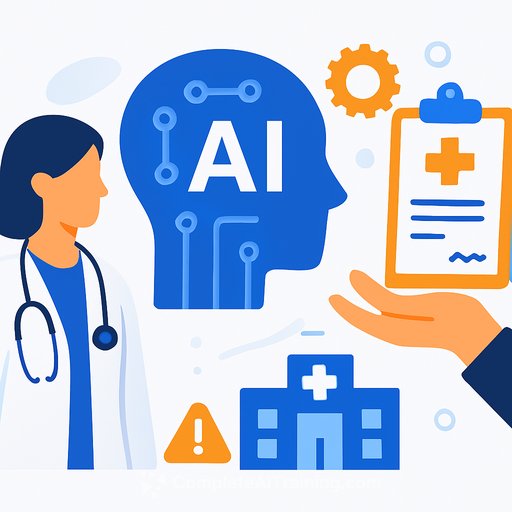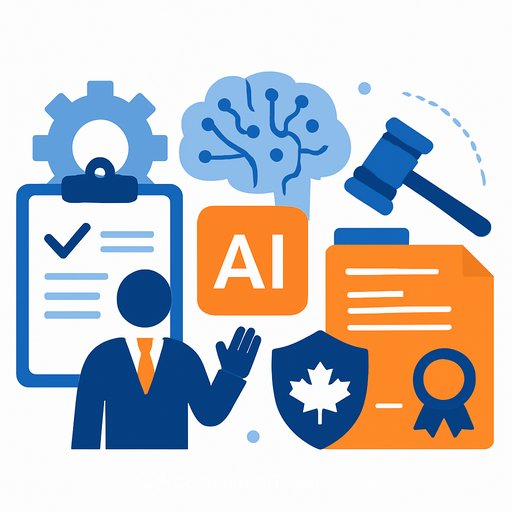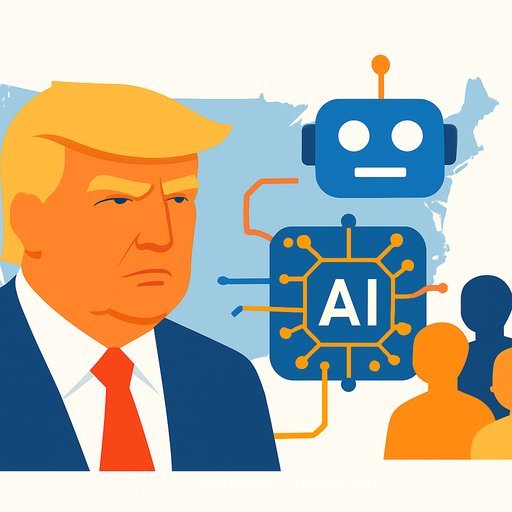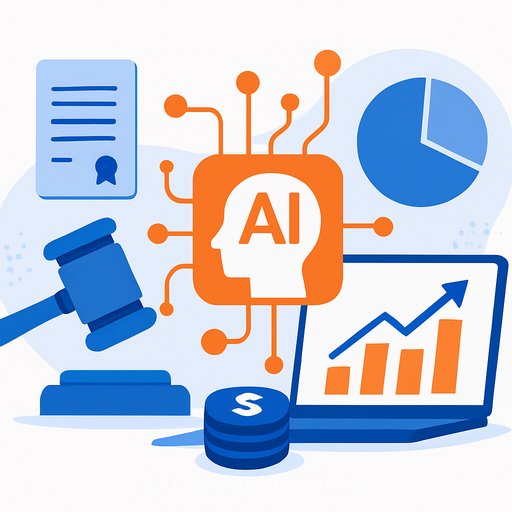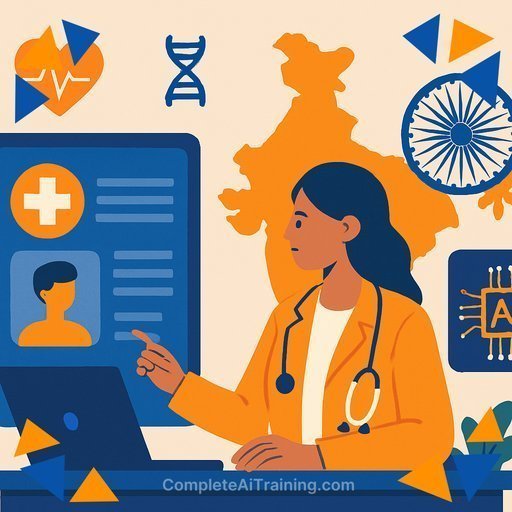AI and medical negligence: practical ways to prove breach and causation in NHS claims
Medical negligence cases hinge on two questions: was there a breach of duty, and did it cause the harm? AI won't replace those tests, but it can pressure-test the evidence with speed and scale. Used well, it helps you spot deviations, tighten causation arguments, and move cases faster.
The key is knowing where AI adds real probative value, where it falls short, and how to present it in a way courts will accept.
How AI is used in healthcare today
- Diagnostics: AI assists radiology and cardiology by flagging abnormalities in scans and traces faster.
- Triage and monitoring: Systems highlight high-risk patients and predict deterioration.
- Administration: Algorithms streamline records and resource allocation, creating clearer audit trails.
This reduces some errors and generates data you can later examine for breach and causation.
Where AI helps with breach
- Benchmarking care: Models trained on large datasets can outline what competent care looked like in a defined scenario.
- Spotting deviations: Algorithms can flag actions well outside expected norms.
- Hindsight analysis: Re-analysing records, labs, and images can reveal overlooked red flags.
- Prevention and audits: Trust-wide analytics surface patterns of near-miss events before they become claims.
Where AI helps with causation
- Risk modelling: Estimate how a delay or error changed the probability of harm.
- Counterfactuals: Simulate "what if" pathways to compare likely outcomes with timely or alternative care.
- Excluding alternatives: Compare cohorts to assess whether the injury typically occurs absent negligence.
Challenges you must manage
- Transparency: Black-box systems are hard to scrutinise. You need explainability or robust expert interpretation.
- Liability: If an AI tool misleads, who carries responsibility-the clinician, the trust, the vendor?
- Proof standard: Courts want breach and causation on the balance of probabilities. Risk lifts are not enough on their own.
- Bias and data gaps: Skewed training data can produce misleading results.
- Legal tests still apply: Evidence must align with Bolam and be logically defensible under Bolitho.
Where AI can move a case forward
- Faster identification of diagnostic errors: Rapid, large-scale review of scans and records can surface misdiagnoses or harmful delays, strengthening breach evidence early.
- Retrospective analysis in unusual cases: For rare injury patterns, AI can compare against thousands of cases to clarify whether accepted practice was followed and if departures mattered.
- Systemic issues across trusts: Analytics can reveal clusters-anaesthesia complications, repeated infections, recurring surgical mistakes. That supports individual claims and prompts safety improvements.
- Supporting expert evidence: Simulations, probability models, and clear visuals help experts explain complex causation in plain terms.
- Better risk management: Trusts and insurers can identify risks before they escalate, reducing incidence and tightening claim timelines.
Case example: facial paralysis after dental anaesthesia
Patients can suffer long-term nerve injury after routine dental anaesthesia. AI can analyse prior nerve injury cases to set norms, estimate risk shifts from specific actions, and reconstruct likely sequences of events.
That supports breach (departure from accepted technique) and causation (how that departure changed the outcome), especially when combined with expert testimony and detailed records.
What needs to happen next
- Better datasets: Diverse, representative training data with transparent provenance.
- Independent validation: Peer review, clinical testing, and post-deployment monitoring.
- Legal clarity on liability: Clear rules for clinician, trust, and developer responsibility.
- Regulatory oversight: Safety, explainability, and ethical use requirements.
- Training: Clinicians and lawyers who understand how these tools work and where they fail.
- Court readiness: Judges and experts who can test AI-derived evidence critically.
Practical takeaways for legal teams
- Request the data backbone: model version, training sources (where possible), validation metrics, and audit logs tied to the patient record.
- Ask for explainability: feature importance, decision pathways, and known failure modes. If none exists, document why an expert's interpretation is reliable.
- Tie breach to standards: Map AI findings to clinical guidelines and to the Bolam test; then address logical defensibility under Bolitho.
- Prove causation, not just risk: Use models and counterfactuals to show more-likely-than-not impact, supported by expert opinion and clinical literature.
- Watch for bias: Probe whether demographic or pathway biases could distort conclusions for this patient.
- Preserve chain of custody: Treat AI outputs like any other technical evidence with reproducible methods.
AI won't replace experts, but it will change how you build the record. Use it to clarify standards, quantify risk shifts, and present causation with precision-while keeping the legal tests front and centre.
If your team needs structured upskilling on AI use cases and evidence literacy, see our curated programs for different roles here: AI courses by job.
Your membership also unlocks:

